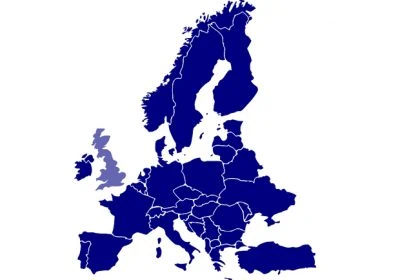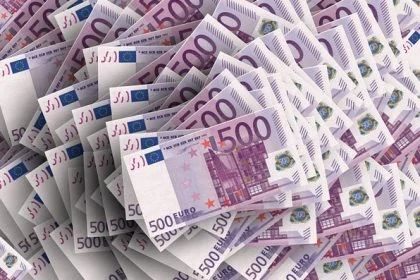
Today we will travel back to the beginning of patents. Did you know how the patent system developed? When was the first patent applied for? And how did patents look like in their time of creation?
That?s How It All Began?
We?re getting back to the Middle Ages. At these ages the protection of inventors started. Back then privileges (monopoles) were granted to traders which allowed you the sole practice of a certain profession or the exclusive utilization of a certain idea. Indeed the development of inventors? protection passed of very differently from country to country:
- The oldest patent right in the world was issued in Venice in 1474 and basically already contained every essential criterion. It said that everybody who files a new inventive and executable mechanism at an administration, attains a 10 years lasting protection against imitation. Hence the general public should benefit through this special support for inventive minds.
- In Germany the protection of inventors was less modern at that time. In the 15th century licenses were distributed for inventors by the imperator which ensured you the sole utilization of your creation. Indeed the grant of those licenses was up to the imperator?s discretion. Each legal regulation was missing.
- In England the issue was similar. Equally the crown distributed licenses to business enterprises. However, soon trade suffered from the enormous formation of monopoles. Consequently, in 1624 an anti-monopoly law was enacted which regulated that privileges are only granted for new inventions and basically only for the duration of 14 years. Thus the first legal regulation of inventors? protection was accomplished. Anyway, the inventor still had no official right to get his idea protected by these new regulations.
The First Patent Laws in Today?s Sense
It was not until the end of the 18th century that inventors obtained the entitlement of patent issuance by diverse patent laws:
- in France in 1791
- in the USA in 1790/1793
- in England in 1852
The Development of Patents in Germany
Before the foundation of the empire there was no unique patent law in Germany. Free-trade, prohibitive tax and industry privileges were some reasons for this. Thus only the bigger German states had own patent laws.
Only after the foundation of the empire, Germans realized that the German industry would not be able to persist in international competition without a unique patent system. Therefore in 1877 the first unique patent law was launched. The patent office of the empire was formed. Since then until the end of the WWII, the patent right was modified several times, especially after the reform in 1936. Due to the separation of Germany patent laws developed differently in the BRD and the DDR from 1949 on. From the patent office of the empire now the German patent office emerged, as a superior federal agency of the BRD.
In the GDR the patent office ?department for inventions and patent system? (AfEP) was re-established in 1950 and conducted the development in the field of patents, designs and drawings as well as with the innovators? movement. In the same year the GDR issued a new patent rights system which superseded the one from 1936 which was still valid. From now on the inventor should be able to utilise the result of his creative labour according to the interests of society. The law distinguished between economic and exclusionary patents.
- The exclusionary patent only allowed the patent holder to use his invention resp. the licensing.
- The economic patent however could also be used by those which were assigned by the patent office and consequently by all socialistic firms. The inventor received an appropriate remuneration.
If an invention emerged in the context of work, it was automatically granted as an economic patent. This was the case until the German reunification in 1990.
From now on the German Patent Office assumed the functions of the AfEP with its 600 employees and about 13,5 Million patent documents. Since then there is a unique patent system in Germany. In the extension law it was ruled that a property right or an intellectual property application from the time before the reunification would automatically extend to the respective other part of the country.








Leave a Reply